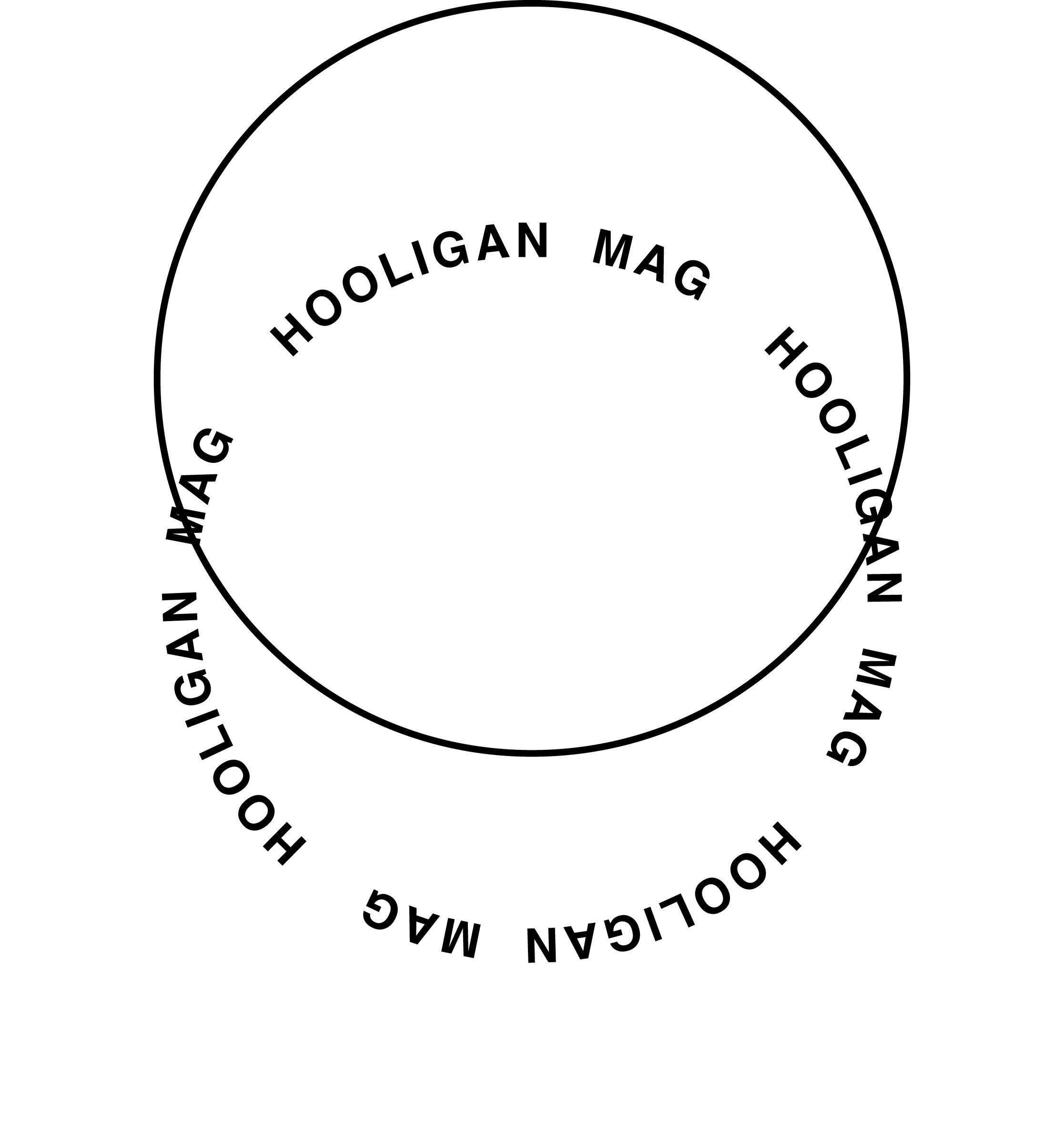POC Visibility In Plus Size Modeling: An Interview With Bishamber Das
By Sung Yim
Photos by Yours Clothing
Body positive activist and Indian/Malaysian model Bishamber Das made waves recently when she became the first British-Asian plus-size model to be signed to GC Models, as well as in the UK in general. Her determination to break barriers and redefine beauty standards as a woman of color is relieving to see in an industry where the few plus-size women inhabiting the modelling community are predominantly white.
Having always been on the plus-size end of things, Das has expressed how damaging it can be to internalize the negative messages the media sends larger women, especially those of color. She struggled with her body image for many years, often using food to cope with stress, and at one point facing health issues due to weight gain. With the support of her friends, she made drastic changes to her lifestyle—through regulating her eating habits, exercise, and treating herself with care and concern-as she set out to love herself unabashedly.
Armed with newly discovered self-confidence and the vision of an inclusive, loving world, Das spreads her message of positivity beyond the UK through interviews and social media. “I want to take my awareness to top mainstream publications around the Middle East and South Asia,” she told Hooligan, “as I truly believe so much positive work needs to be done in those parts of the world.” We celebrate Das’s remarkable accomplishments and message with the following interview:
Hooligan Mag: How did you get into fashion and what drew you to the field initially?
Bishamber Das: Fashion is a very personal thing. I have always worn clothes that have reflected who I am (my style is more modest and classy). My passion for modeling came from noticing a lack of diversity among plus-size models. I wanted to change that. So here I am two years later.
HM: What changes do you wish to see and influence within the fashion industry at large?
BD: Nothing annoys me more than people putting others down. When I was growing up, I was constantly reminded that I can’t be a model or an actor—basically, that I couldn’t do anything in media where my body would be seen. It made me feel like I wasn’t “normal,” and that’s the worst feeling. I just want to see women who look like me [be] accepted and given opportunities, just like a woman of a smaller size would be given. Plus-size women deserve the same respect and dignity.
HM: How has modeling shaped your self-image? Have you ever felt that certain beauty standards were inaccessible to you as a plus-size woman of color?
BD: This journey has made me realize what my real purpose is. All my life, I grew up hating my body and constantly fighting society’s negative messages. Through my modeling, I have been able to freely express what I stand for, that my imperfections are my perfections and that I am proud of them. Growing up, the only times I saw plus-size South Asian women on TV would be in a comic role where she was constantly laughed at. This always gave me the impression that plus-size women of color were not accepted or perceived as beautiful. I [wanted] to break this stereotype that has been around for decades.
HM: Do you feel your cultural heritage has an influence on your view of style and beauty?
BD: Hell yeah! I am so proud of my heritage and culture. Over half the world can relate to my look, be it South Asian, Middle Eastern or Latin American. My culture definitely plays a big part in my look and style, even down to my accessories. I love dressing in traditional clothes, and sharing the beauty of my culture with the whole world through social media.
HM: What do you feel most beautiful wearing?
BD: I love long, flowing materials. I am a huge fan of elegant maxi dresses with Middle Eastern influences. The long dresses have kind of become my signature look—I definitely feel sexiest wearing them.
HM: Why do you think recognizing diversity is important in the modeling world?
BD: There is beauty in our differences and each one of us should be open to exploring the things that set us apart. In the modeling world, we forget how fortunate we are to be inspiring and influencing thousands of people. We learn about each other’s cultures and it allows others to relate to us. The plus-size industry is a positive movement; it’s not tied down to a particular nation or sect of people. Plus-size people come in all shapes, colors, and sizes. So should the models representing them.
So much work needs to be done for this movement. Models of ethnic backgrounds generally have done well in coming forward, but still very few are classified as “top models.” From my experience, few mainstream plus-size clothing brands are showcasing varied body shapes in their campaigns. Once we overcome these hurdles, work and exposure for diverse models will become more available.




